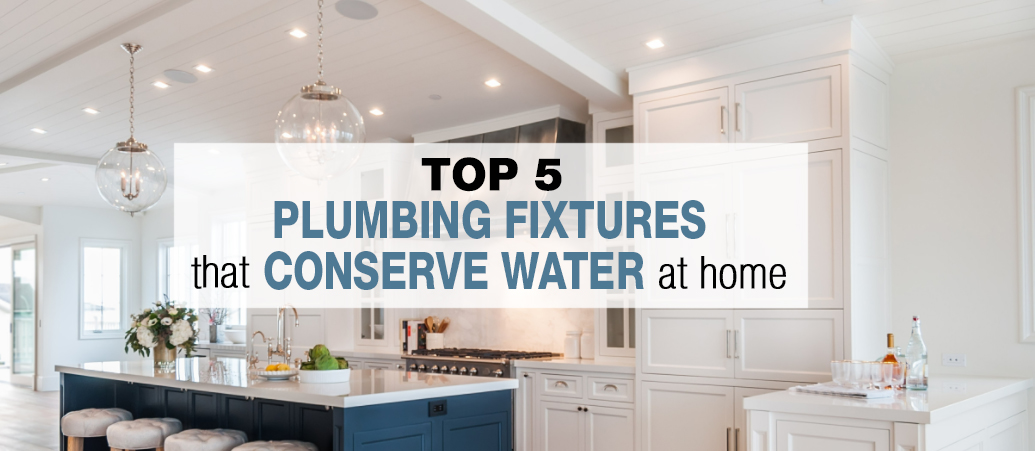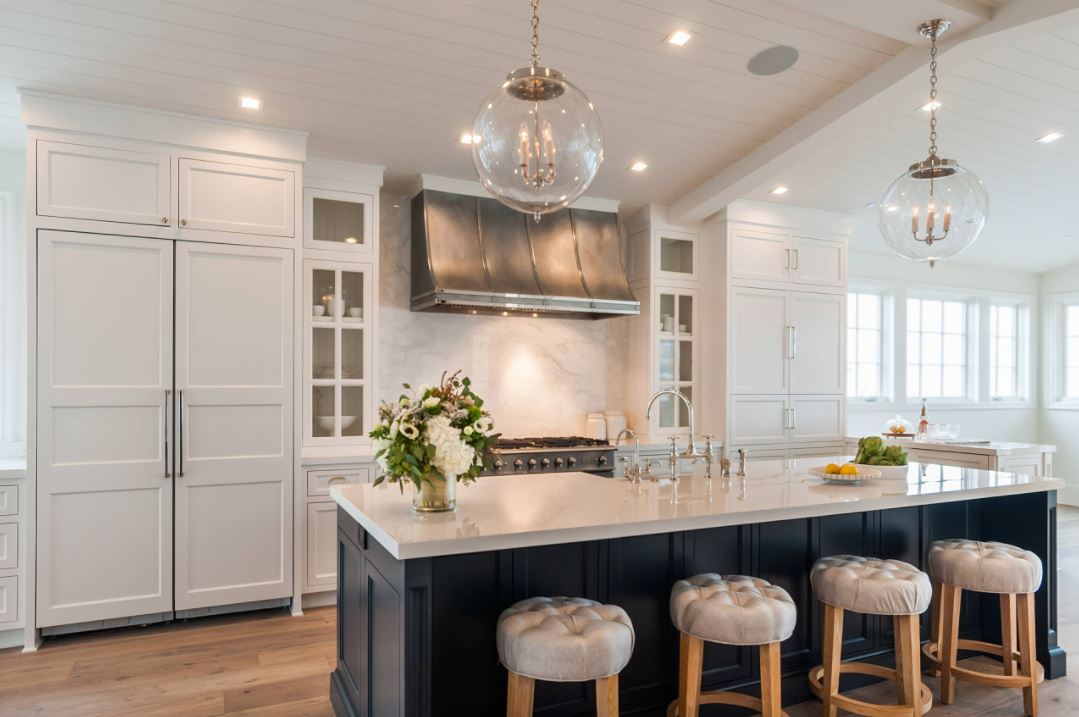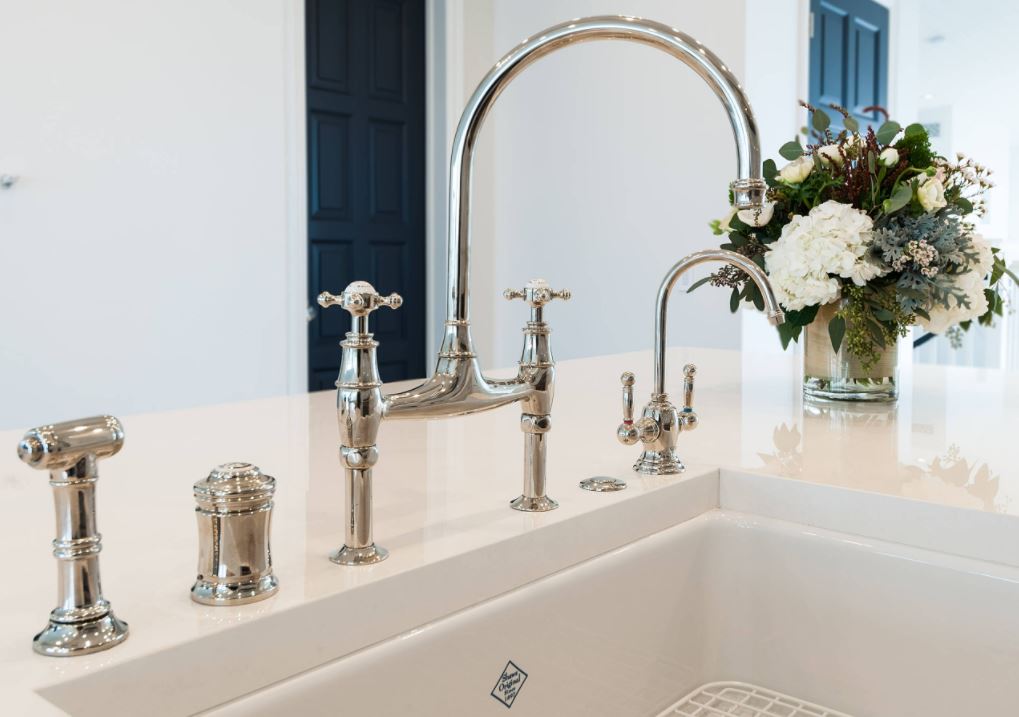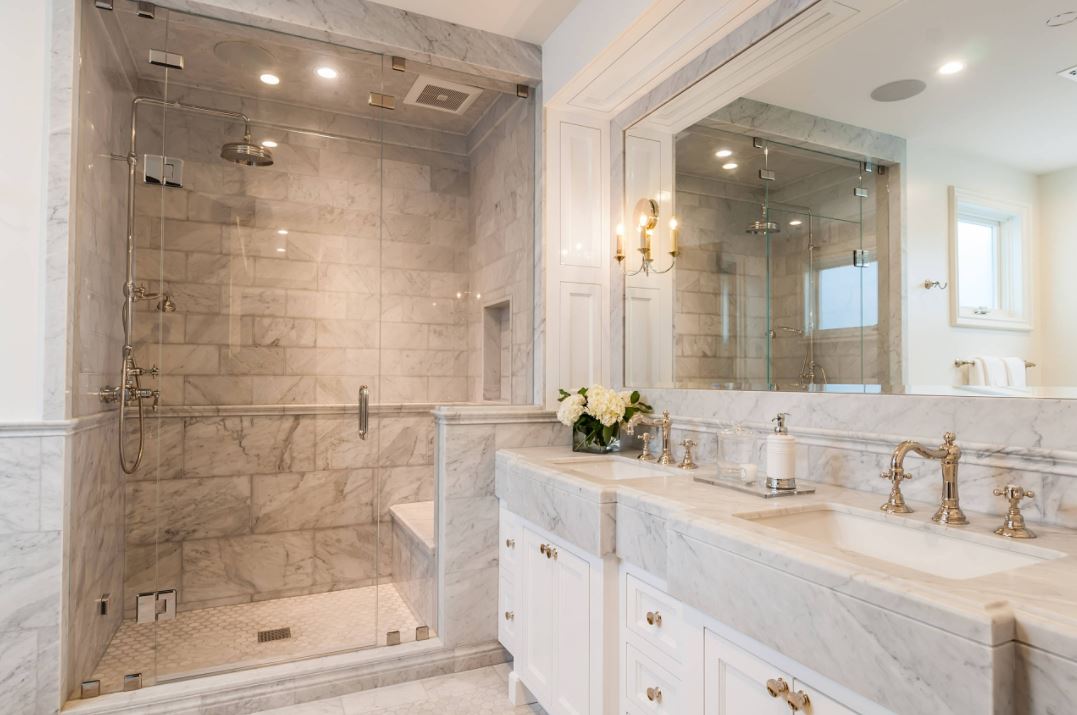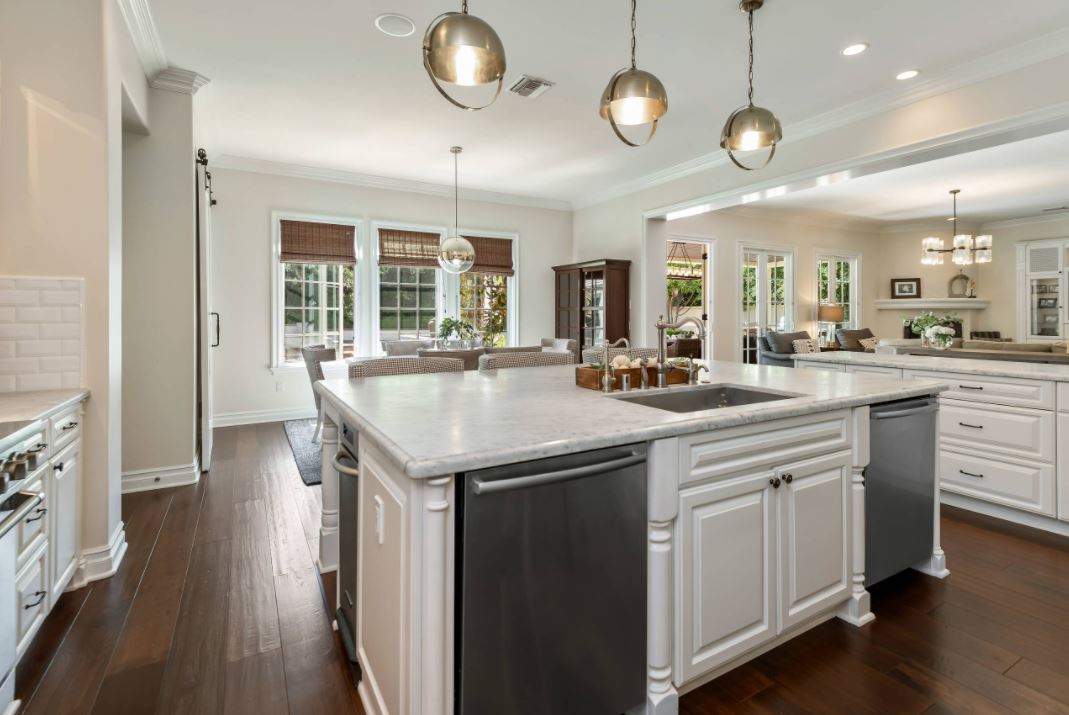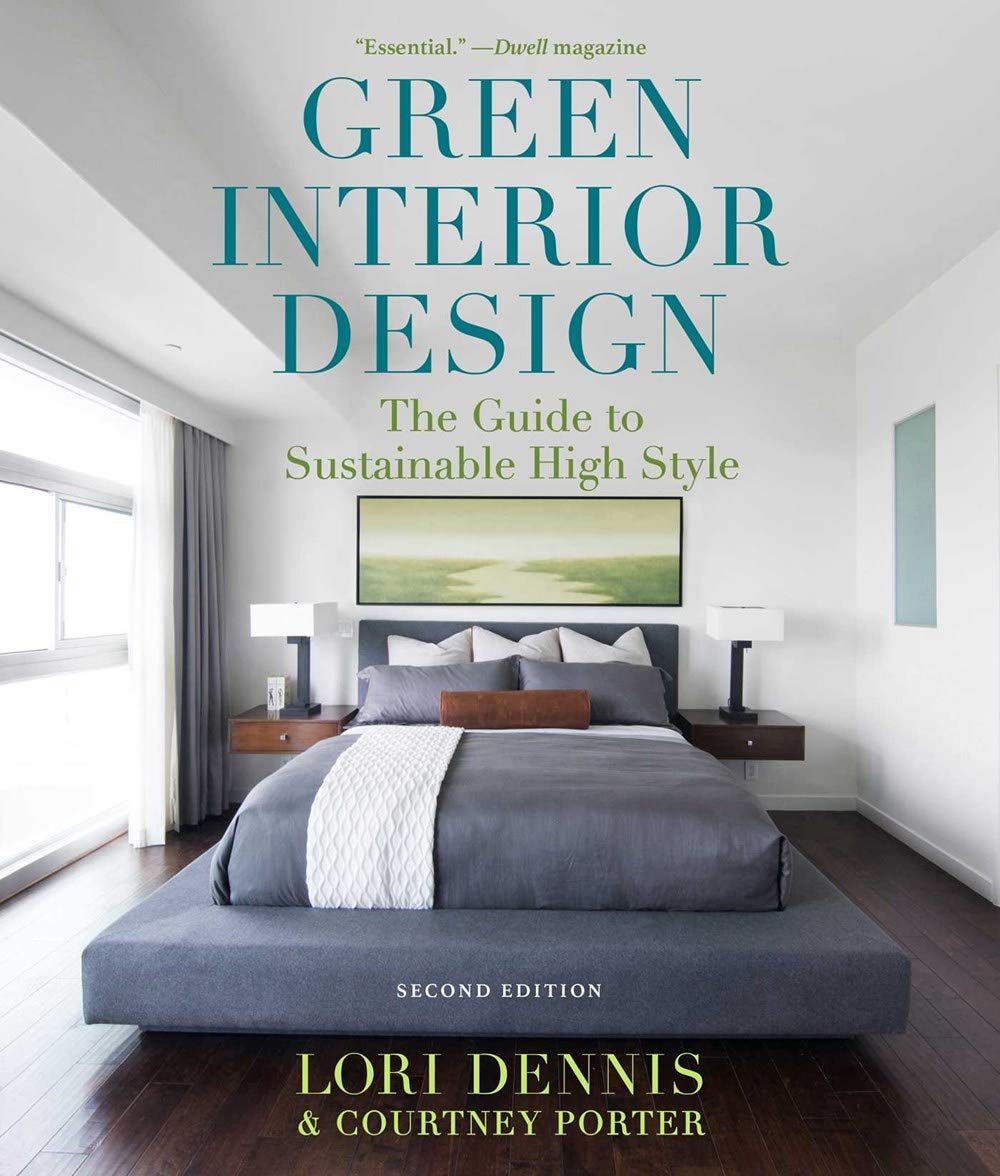We did a great post on Ways to Make Your Home More Energy Efficient, if you’re searching for ideas on how to lower your energy costs.
If you’re purchasing salvaged materials, be certain that you are not sacrificing water or energy efficiency. The WaterSense label will lead you in the right direction for water-efficient fixtures, or make sure to look in the set of filters to narrow down your options.
There are just too many people on this planet to waste fresh water. The water that comes from the tap is not limitless. It is a finite resource, and it’s getting expensive.
Designing in a water-wise manner will be required by law in the coming years. We’ve already seen it here in California. Studies say that in the next decade, water shortages will be a serious worldwide problem. Our current water resources will not be sufficient anymore.
If we want the next generation to have fresh clean water, we will need to take a new approach toward our usage and waste.
TOP 5 PLUMBING FIXTURES THAT CONSERVE WATER
1. TOILETS
I’ll give it to you straight. Toilet flushing is the single largest use of water in most homes. While 1.6 gallons per flush is the standard, it’s not always necessary for every flush. So look for dual-flush toilets, which means lower volume flush for liquid, stronger volume for solids).
Dual Flush Toilets are great because they use about 20% less water than the standard 1.6 gallon required by law.
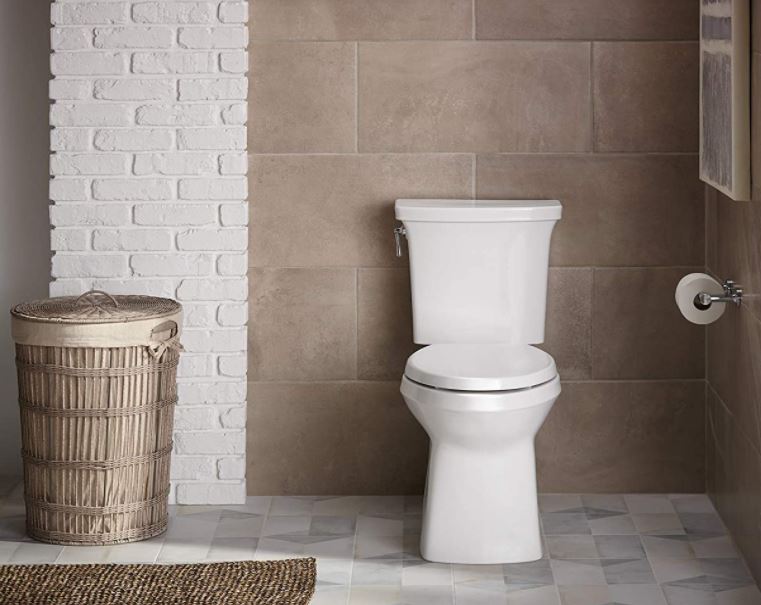
DESIGN TIP:
Make sure you keep a trash can in every bathroom. This helps to prevent the toilet from being used as a waste basket.
2. FAUCETS + SHOWERHEADS
Low-flow faucets and showerheads can save a home tens of thousands of gallons of water every year. In fact, new technology in faucet aerators reduces water flow by 60%, and saves about 3 gallons of water per minute.
It’s also a good idea to reduce your showers and faucet use in general. For example, turn off the water while lathering up your body, hair and teeth.
DESIGN TIP:
In order to use fewer cleaning products, specify matte plumbing fixtures instead of chrome or other shiny surfaces. The matte surfaces won’t show as many water spots.
3. WATER FILTER
Installing water filters for drinking and bathing water eliminates chlorine, fluoride and pesticides from your home’s water supply, making it safer and taste better.
We have talked about this before in depth in our previous post on Why You Need a Whole House Water Filter.
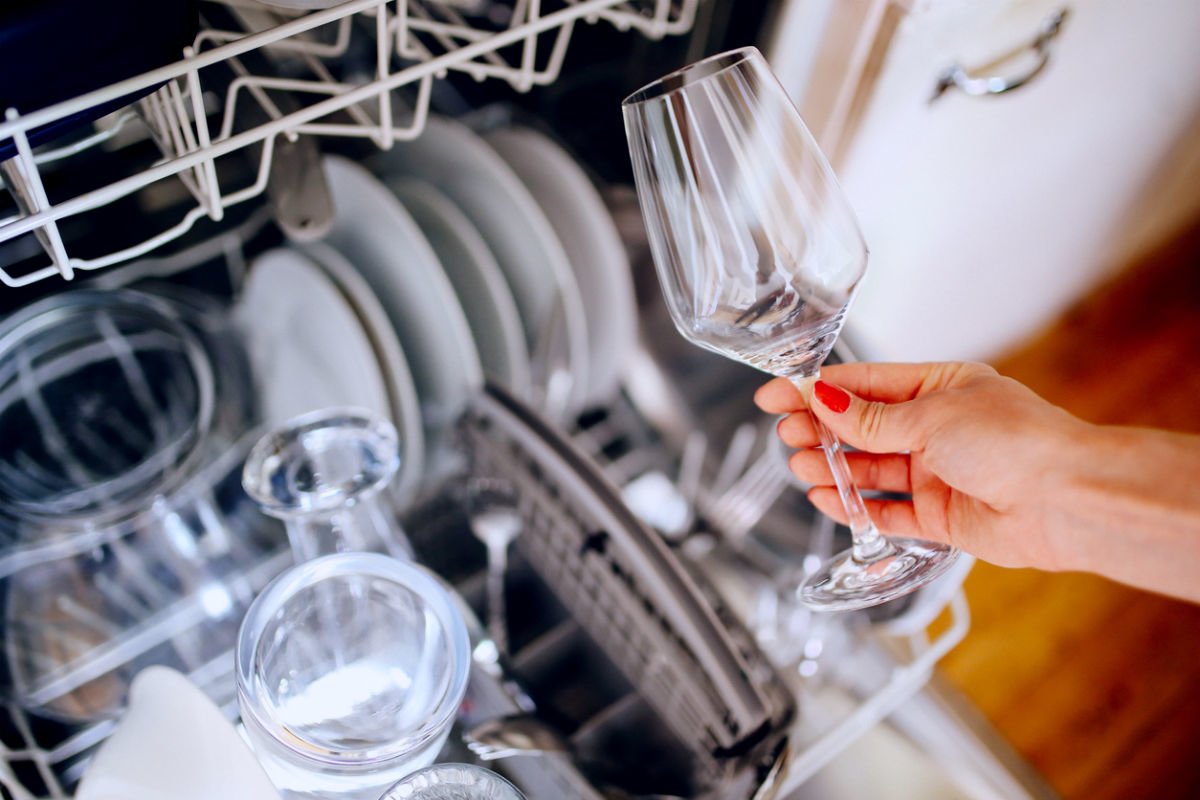
4. DISHWASHER
A fully loaded dishwasher will commonly use less water than hand-washing dishes. There are also newer models that use the least amount of water while still giving your dishes a solid clean.
Look for machines with booster heaters, which use heat to clean as opposed to water.
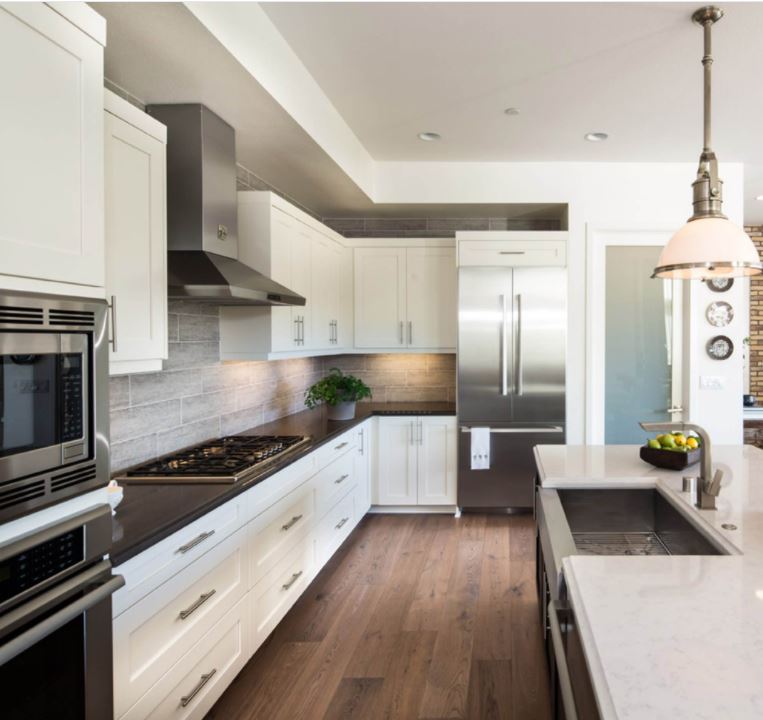
5. GARBAGE DISPOSAL
We gotta say, the greenest Kitchens won’t have disposals. Instead, all food waste will be placed in a compost pail and used as fertilizaer for soil. Less water will be wasted, and less garbage will have to be processed. People who practice composting their food tend to be more aware of the amount of waste that’s created.
If composting isn’t for you, it’s better to just toss the food in the trash where it will eventually decompose. Food sent down the drain negatively affects acquatic life, wastes electricity and about 2,000 gallons of water a year.
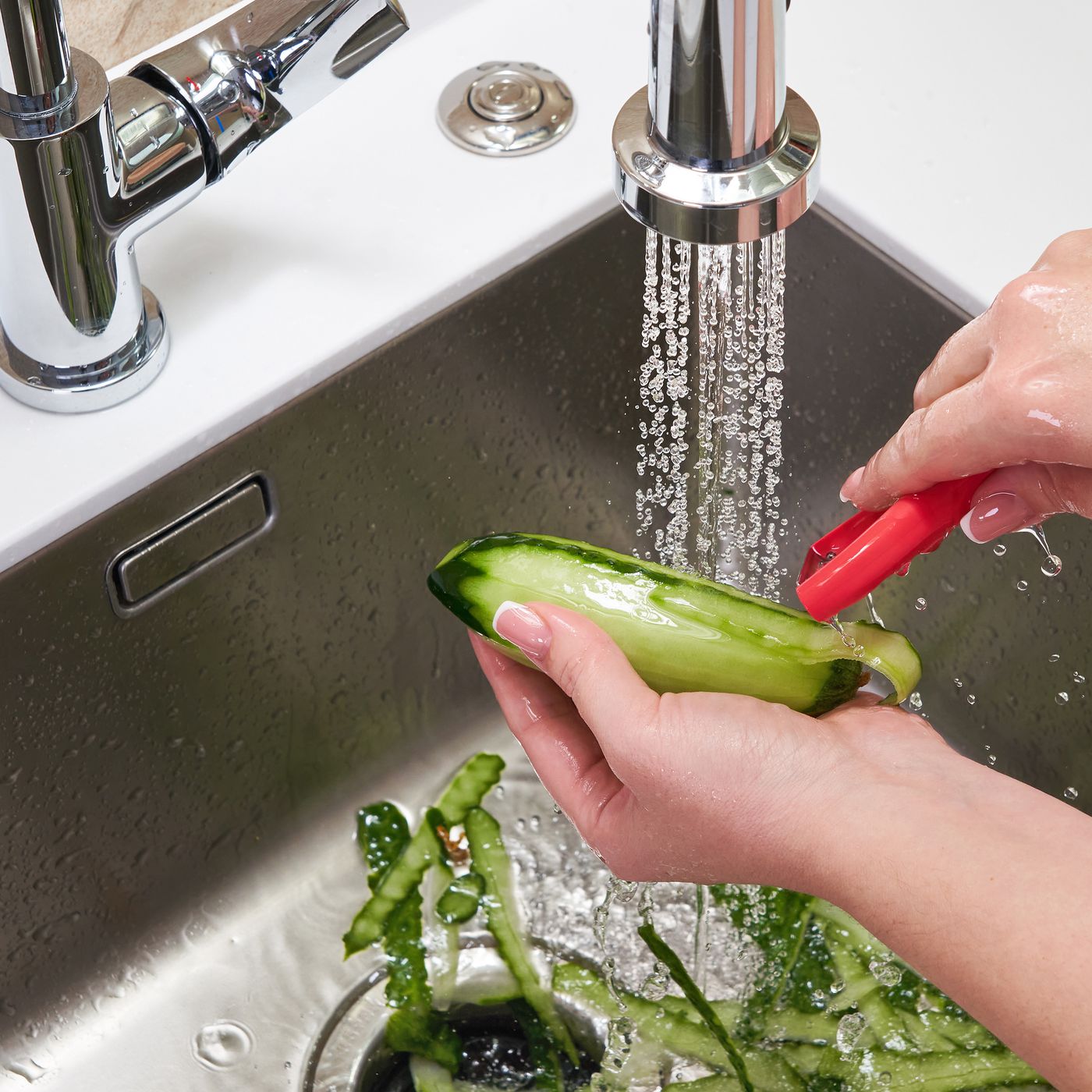
SUSTAINABLE IN STYLE?
Green Interior Design is the most comprehensive guide to sustainable building, designing, and decorating on the market.
This beautifully illustrated guide covers every detail of your home—from the drywall to the finial on the curtain rod—and how to find the most environmentally friendly versions of products and décor.
This second edition of Green Interior Design is meant as much for the budget DIYer as it is for the luxury homebuilders looking to dip their toes into sustainability.
Purchase HERE or wherever you love to buy books.
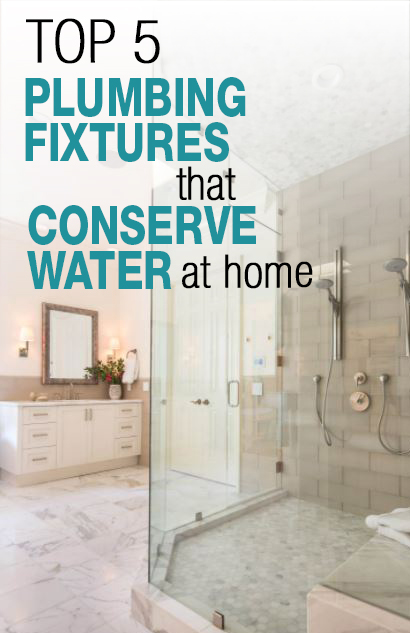
Top 5 Plumbing Fixtures that Save Water at Home
Excerpts from the book Green Interior Design by Lori Dennis and Courtney Porter

